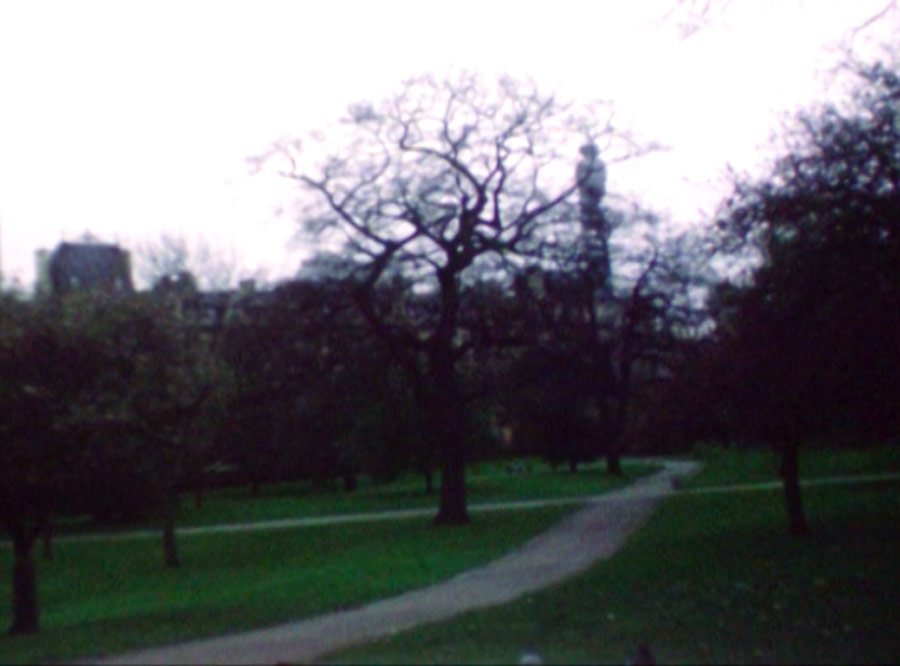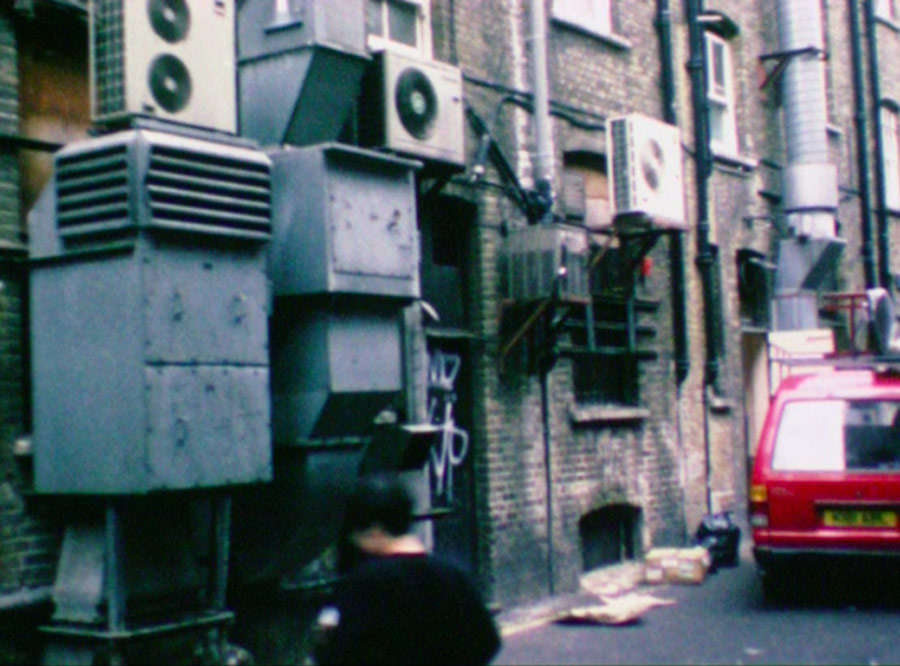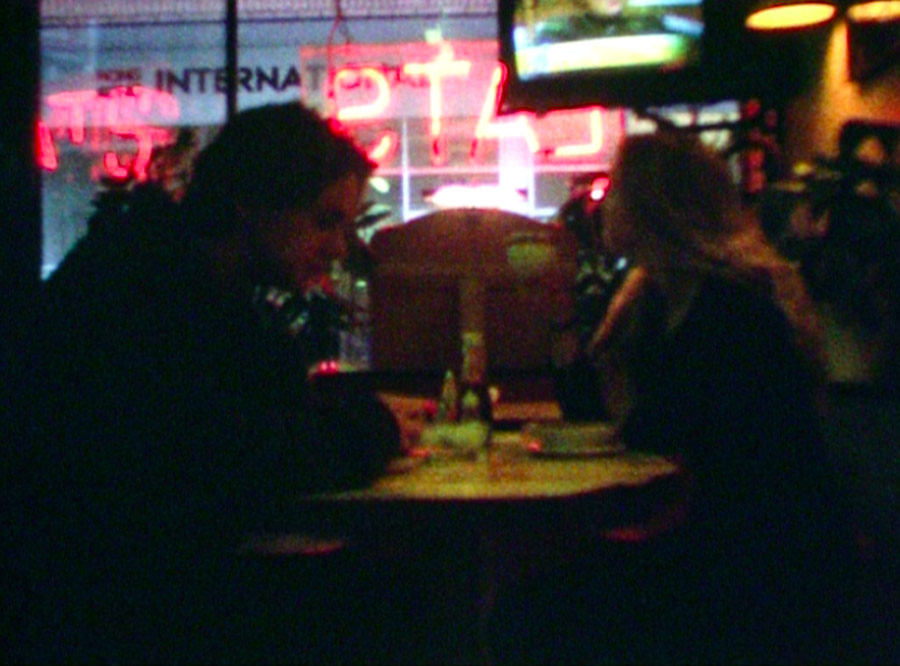An 8mm Descent Through London
Precariously low down on my mental to-do list for the past decade or so, was the digitization of a reel of film I shot in 1994 as part of a student project. The reel consisted of four rolls of Super-8, which had been spliced together and submitted to my tutors along with a TDK D90 cassette, onto which I’d recorded the accompanying soundtrack, and a sketchbook full of notes and photos. The fact that I’d never bothered to synchronise the two media, or even presented the results of half a semester’s thinking on a projection screen underlines my woeful level of ambition at the time. Somehow, two and a half years later, I graduated with 1st class honors. The second-semester “Cities” project can surely have contributed precious little to this, though hereonafter, cities and the built environment were to accompany me right up to my degree show.


I remember being interested in quietness, and of wanting to avoid clichés of the ‘pulsating, chaotic city’ kind. I’d come across the photography of Paul Barkshire, whose black and white photos of London were unpeopled, meditative and strangely timeless. He made the early 1980’s look like the early 1880’s, and seemed to have a knack of coaxing the inner village out of the metropolis. I wanted something similar. Super-8 cartridges contained 15 meters of film, and at 18 frames per second were good for three minutes of film. This was to be my defining restriction. The film I wanted to make wouldn’t be cut, it would just be grafted togther. This could just as easily be attributed to a prediliction for Andy Warhol as it could to sheer laziness.

My sister and I went to London together to make the film. I had four sites in mind, conjoined by the idea of descent, or diminishing space: Regent’s Park, an alleyway in Chinatown, the inside of a cafe, and the Tube. I held the camera, my sister the tapedeck.
Having converted the film I was touched to discover younger versions of us both in the now defunct and sorely-missed New Picadilly Café on Denman Street, occasionally looking somewhat self-conscious in front of the camera. If I’d known that the film was to become a historical document I’d have pointed the camera into the cafe at the staff and the other patrons.
The soundtrack seems to have been recorded asynchronously. I don’t recall why. It’s most noticeable in the cafe, and apparant too in the final underground scene where at least the closing-door-alarm seems to match roughly with the entrance and exit of some passengers.
Of course, Super-8 film was already an anachronism when I shot the film. VHS was still de rigueur, but Apple’s Quicktime software was already in its second version, signalling things to come. Digitized, streamed and embedded, the film seems not just doubly aged, but almost decrepit; of another epoch. The grainysmear patina of real film with all its fluff, underexposure and colour-bleed is now just a cosmetic option in some app, lending the digital the aura of the authentic, of the crafted. Ironically, the beauty of Super-8 was that you didn’t really need to know what you were doing either. But just look at those black tones! No idea how that happend.
Anyway, take a look at the film. Absolutely nothing happens. I urge you to watch all of it anyway, and if it helps make things more interesting I can reveal that there is an odd moment of audio-creep about three-quarters of the way in, where a French voice can be heard intruding upon the soundtrack. Probably some casette deck balls-up. As you may recall, they didn’t have an ‘undo’ function.
